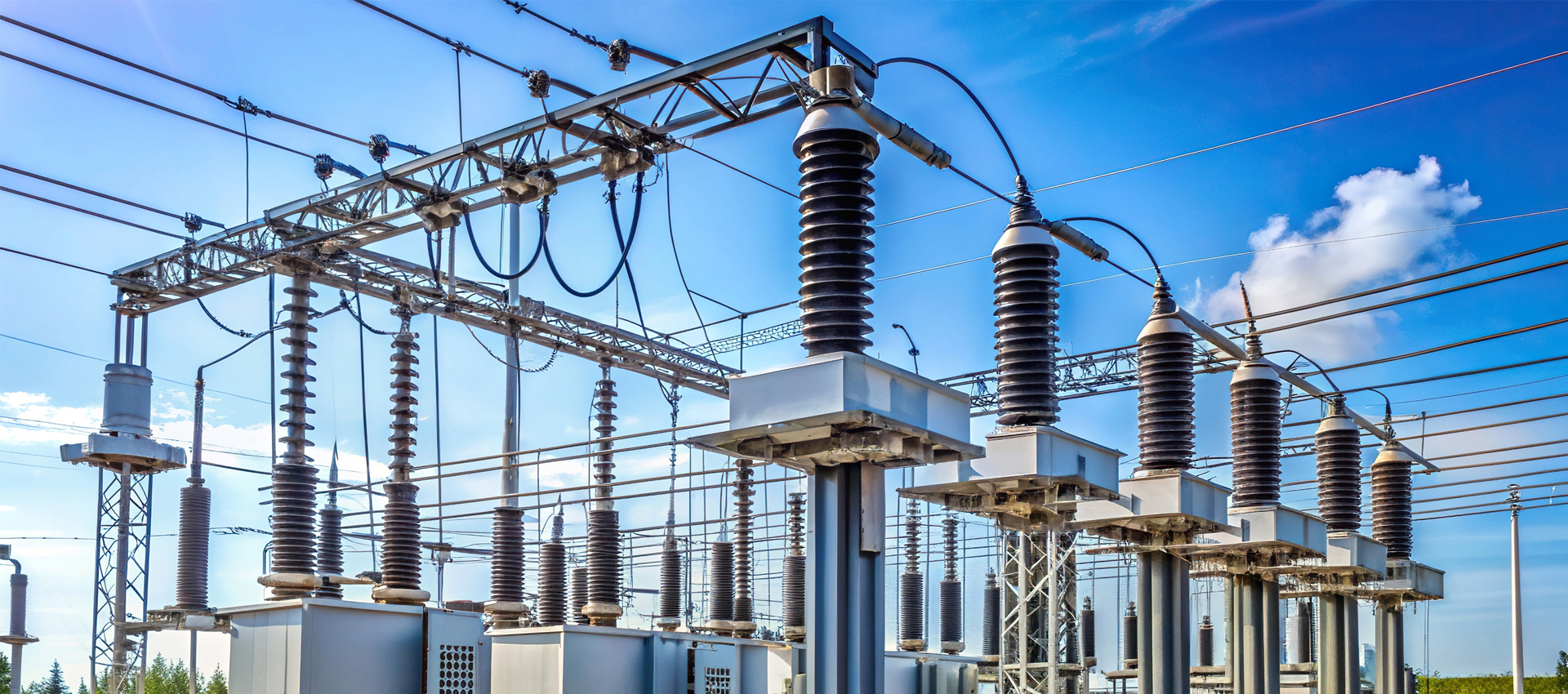Introduction to Substation Construction: Building the Backbone of the Electrical Grid
In the intricate web of the modern electrical grid, substations stand as vital nodes, ensuring the smooth transmission and distribution of electricity across vast networks. These engineering marvels serve as crucial intermediaries between power plants and end-users, playing a pivotal role in regulating voltage, transforming electrical currents, and maintaining the reliability of the grid. As we delve into the world of substation construction, it becomes apparent that these facilities are not just physical structures but the very lifelines of our electrified society. Understanding Substations: At its core, a substation is a facility designed to switch, convert, or regulate electrical voltage. It acts as a crucial link between the high-voltage transmission lines that carry electricity over long distances and the lower voltage distribution lines that deliver power to homes, businesses, and industries. Substations serve several essential functions within the electrical grid, including voltage transformation, circuit protection, and power factor correction. They enable the efficient transmission of electricity over long distances by stepping up voltage levels for transmission and stepping down voltage levels for distribution to end-users. Additionally, substations play a vital role in isolating faults and protecting the grid from disruptions caused by electrical overloads or short circuits.

